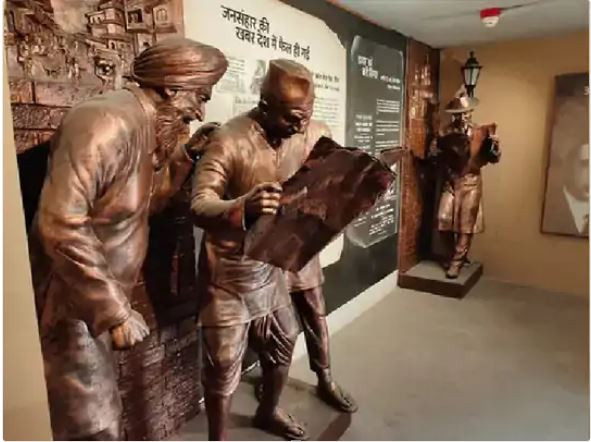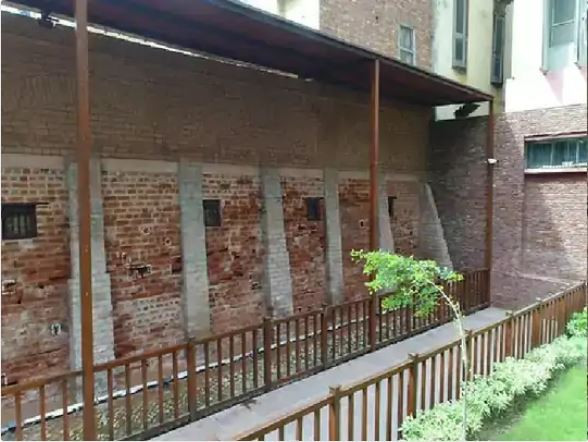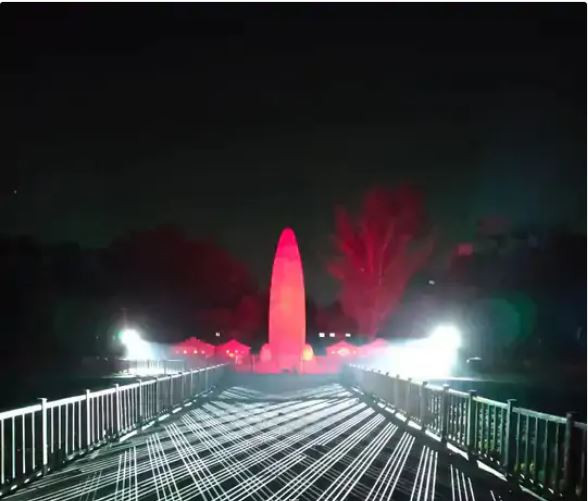Jallianwala Bagh is a historical site in Amritsar, Punjab, India, and a grim reminder of one of the most tragic events in Indian history—the Jallianwala Bagh massacre. This event played a significant role in the Indian independence movement and is etched in the collective memory of India. Below is detailed information about the site and the events associated with it:

Historical Background
- Event Date: April 13, 1919 (Baisakhi, a major Punjabi festival).
- Location: Jallianwala Bagh, a public garden near the Golden Temple in Amritsar.
- Context:
- In response to the Rowlatt Act of 1919, which authorized the British government to detain individuals without trial, there was widespread unrest and protests across India.
- Amritsar was one of the centers of protest, and martial law was imposed in the city.
 –
–
The Massacre
- What Happened?
- A peaceful public meeting was held at Jallianwala Bagh to protest against the Rowlatt Act and to demand the release of two Indian leaders, Dr. Saifuddin Kitchlew and Dr. Satyapal, who had been arrested by the British.
- Brigadier-General Reginald Edward Harry Dyer, without warning, led a contingent of troops into the enclosed garden.
- He ordered his soldiers to open fire on the unarmed crowd, which included men, women, and children.
- The firing lasted for about 10 minutes until the troops ran out of ammunition.
- Casualties:
- Official British records state that 379 people were killed and about 1,200 were wounded.
- Indian estimates suggest the number of fatalities exceeded 1,000, with thousands injured.
Significance of the Event
- The massacre exposed the brutal nature of British colonial rule and fueled the growing discontent among Indians.
- It marked a turning point in India’s struggle for independence, galvanizing leaders like Mahatma Gandhi and catalyzing the non-cooperation movement.
- The event is often cited as a pivotal moment that united Indians across religious, regional, and cultural divides.

The Memorial
- Established: 1951, by the Government of India.
- Design: The memorial features an eternal flame and a central monument designed by American architect Benjamin Polk. It is surrounded by a well-maintained garden.
- Martyrs’ Well: The site includes a well into which many people jumped to escape the firing. It has been preserved as a poignant reminder of the tragedy.
- Bullet Marks: The walls of the garden still bear the bullet marks from the massacre, which have been preserved as a testament to the event.

- Light and Sound Show: A light and sound show narrates the events of April 13, 1919, offering a detailed account of the massacre. 

Legacy
- Condemnation: The massacre was widely condemned internationally. Even in Britain, many criticized General Dyer’s actions. However, he was never formally punished and retired from service.
- Apologies: Over the years, there have been calls for a formal apology from the British government. In 2019, during the centenary of the massacre, British Prime Minister Theresa May expressed “deep regret” but stopped short of an official apology.
- National Importance: The site remains a symbol of India’s resilience and sacrifices during the freedom struggle.
Visiting Jallianwala Bagh
- Location: Near the Golden Temple, Amritsar, Punjab.
- Timings: Open every day from 6:30 AM to 7:30 PM.
- Entry Fee: Free for all visitors.
- Best Time to Visit: October to March, as the weather is pleasant.
Jallianwala Bagh stands today not only as a memorial but also as a reminder of the importance of peace, justice, and the price of freedom.

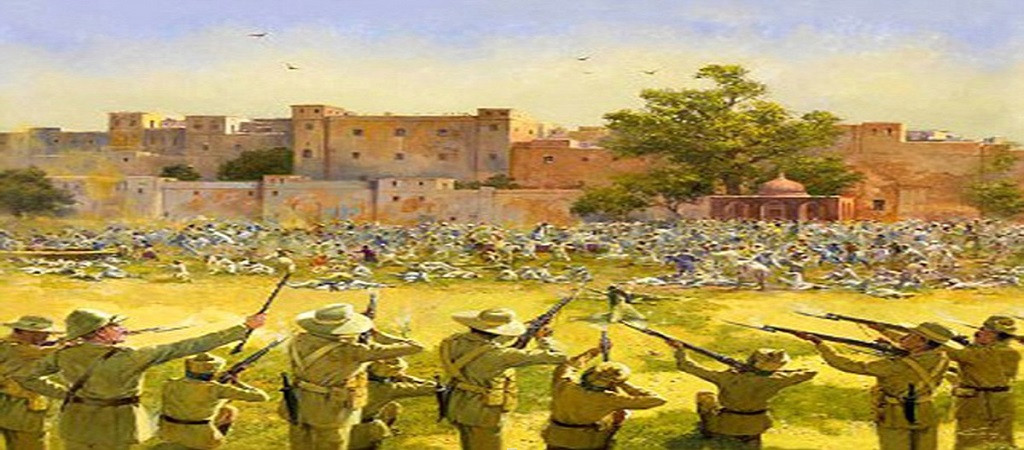


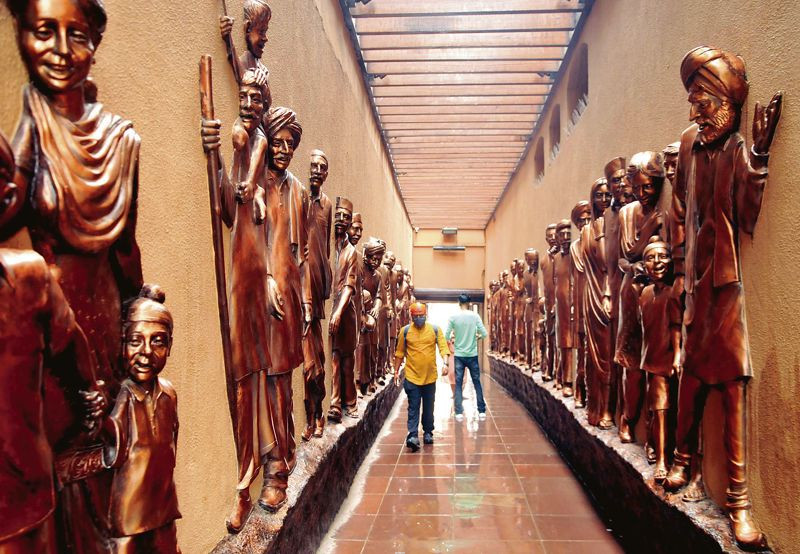
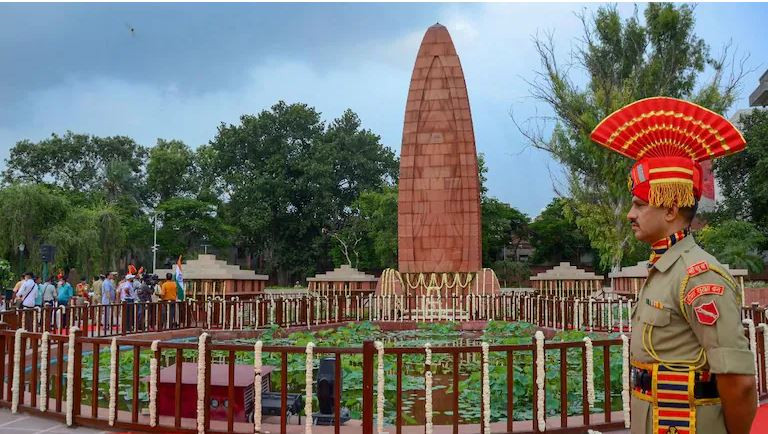 –
–